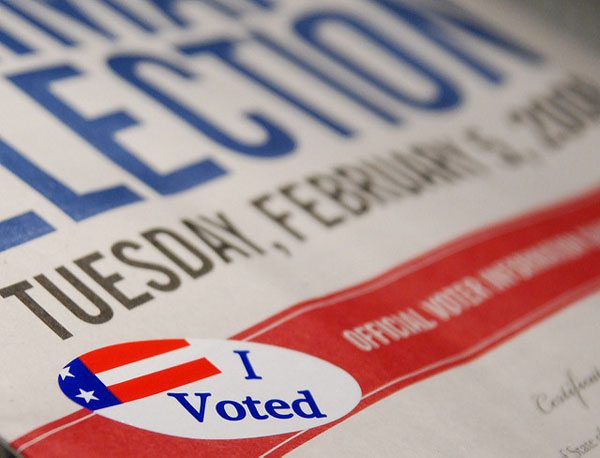
January 5, 2018; Mother Jones and SCOTUSBlog
As elections, whether local, state, or national, garner more and more attention, the issues that swirl around them, especially concerning who votes in those elections, become highly politicized. The issue of voting rights crosses the line into multiple areas of partisanship: racial discrimination, civil rights, disability rights, and more. And voting rights will again be on the docket of the Supreme Court this week as it takes up the issue of states’ rights to purge from registration lists voters who have not voted for two consecutive years.
The case of Husted v. A. Philip Randolph Institute was initiated when an Ohio Navy veteran who had resided in his home for more than 16 years was denied the right to vote in 2015 due to his decision not to vote in 2010 and 2011. That decision triggered a notice from the state’s elections board in June 2011 to confirm he was still eligible to vote. The veteran says he does not remember receiving the notice, so he did not return it—and thus he was removed from the voter registration lists. He is one of more than two million voters removed from Ohio’s voter registration lists since 2011 when John Husted became secretary of state. This method is one of many used to keep voters from the polls, and they often target specific voter populations. Other methods are better known—poll taxes, literacy tests—but the purpose is almost always to limit the voting power of specific racial and ethnic minority groups. And the justification used is almost always to eliminate voter fraud.
Civil rights groups say that Ohio’s policy discriminates against minorities, who tend to vote less often, and that it prevents eligible voters from casting ballots. According to a Reuters analysis of voter rolls in Ohio’s three largest counties, people in Democratic neighborhoods were struck from the rolls at twice the rate of people in Republican areas. Moreover, Reuters notes, “neighborhoods that have a high proportion of poor, African American residents are hit hardest.” Five other states use similar processes to purge their voter rolls, but Ohio’s program is the most aggressive.
Sign up for our free newsletters
Subscribe to NPQ's newsletters to have our top stories delivered directly to your inbox.
By signing up, you agree to our privacy policy and terms of use, and to receive messages from NPQ and our partners.
An interesting twist in this case is the National Voter Registration Act of 1993, sometimes referred to as the Motor Voter Act, which was enacted to increase opportunities for citizens to register to vote by allowing them to register at their local DMVs. This law also placed limits on how states could remove voters from the rolls once they registered. It specifically prohibited removal based on failure to vote. Clearly, this provision will be debated at the Supreme Court when this Ohio case is heard this week.
Nonprofits have long seen voter registration and “get out the vote” activities as nonpartisan and highly patriotic activities. Adherence to the guidelines of their 501c3 status that does not allow endorsement of candidates does not limit their ability to work on these voting activities and voting rights. The national Voting Rights Coalition lists more than 90 national and DC-based organizations on its website that work on both voter registration, voting rights and voting protection. All these organizations as well as others will be closely watching as this case unfolds. The stakes are high for many, as this court decision could either support citizens’ rights to vote or disenfranchise many.
In 2015, Nonprofit Quarterly’s Rick Cohen wrote about the challenges to nonprofits working to secure voting rights. He pointed to the ongoing work of the League of Women Voters and their stalwart work on nonpartisan voter registration, despite efforts to make that process more difficult in many states. As Cohen prophetically wrote in 2015, “It is no less true about the issue of voting rights—that is, the efforts of many states to restrict the voting rights and deter the voter turnout of communities of color. The courageous efforts of the League of Women Voters and other nonprofits like the Advancement Project no less dedicated to the issue ought to be a reminder that the issue of voting rights is an issue for all nonprofits that are concerned about this country’s increasingly tattered democracy.”—Carole Levine











